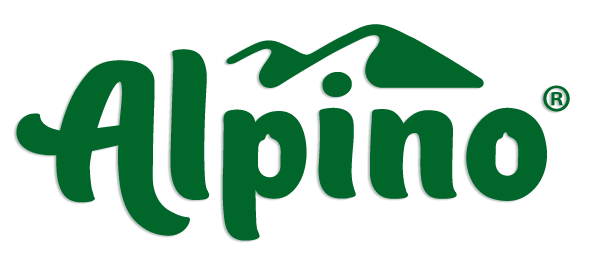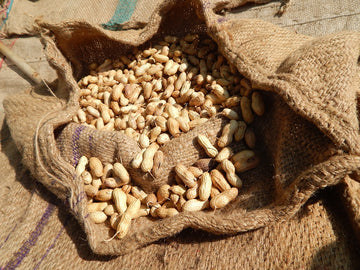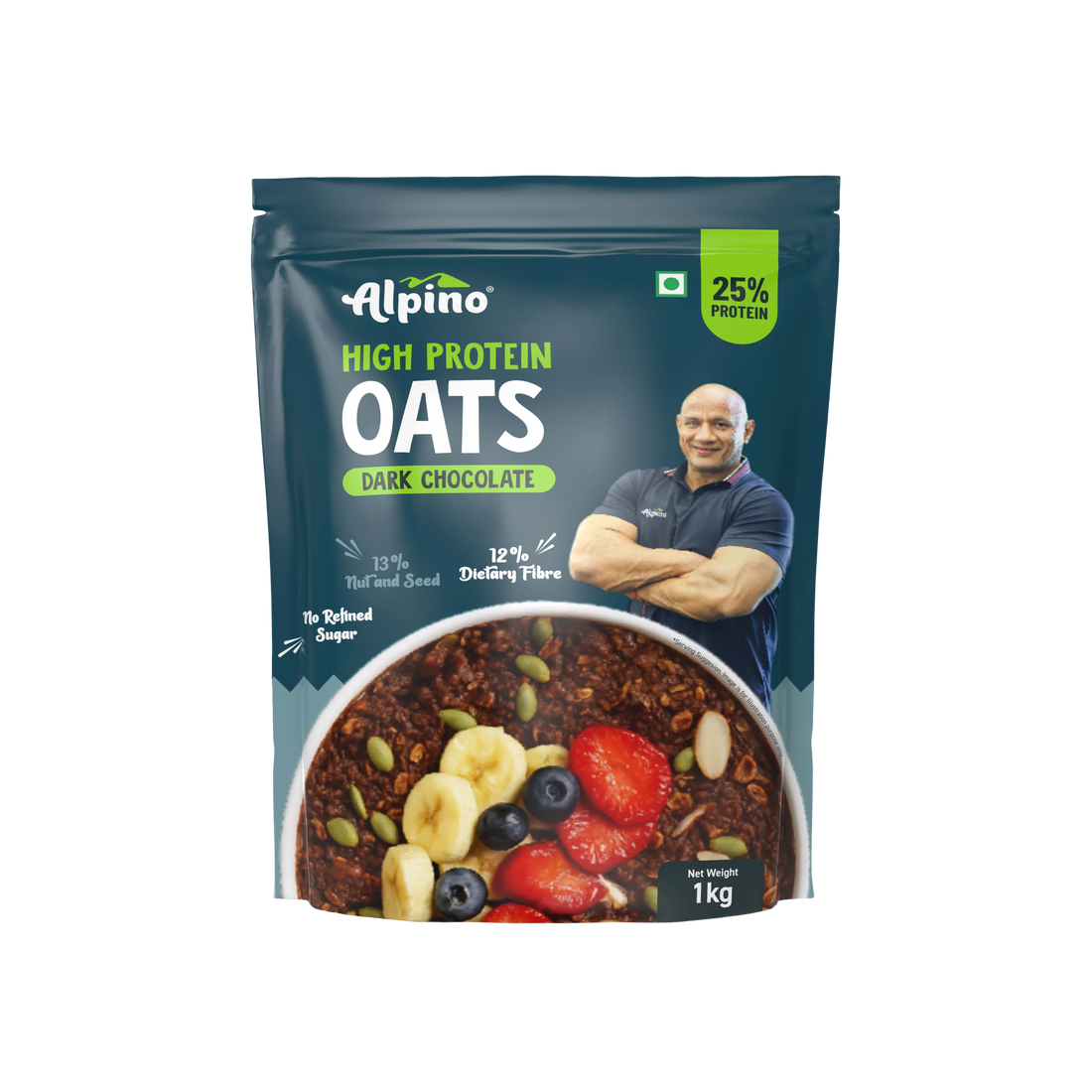Peanuts are an important part of the Indian diet, particularly in the rural areas where they are grown for decades. Eating peanuts after dinner every day is a traditional way to stay healthy for as long as possible. The selection of nuts as a post-meal topping is not by accident; it’s a result of many good food habits.
Nuts are rich in niacin, which helps convert food into energy your body needs. Your nervous system and other parts of your body also use niacin for proper functioning. In addition, scientists believe that dietary niacin may protect against Alzheimer’s disease and cognitive decline which is an ever-increasing disorder prevailing in the world today.
Reasons to love Peanuts
Good for Skin
Peanuts are substantial of numerous nutrients that benefit your skin and overall health. They contain vitamin B6, vitamin E, niacin, zinc, protein, and iron. These nutrients can help to strengthen hair and nails, improve digestion and protect the skin from sun damage by keeping it free from wrinkles and age spots.
Good Source of Vitamin-E
Peanuts are rich in vitamin E which helps to keep skin healthy and supple; besides being anti-inflammatory also help in treating psoriasis and eczema. Vitamin E helps develop blood vessels so that they can carry oxygen properly throughout our body and also helps maintain healthy skin cells that make up the epidermis layer of our bodies. It’s a very good idea to include peanuts as an add-on item in your diet because they contain lots of other nutrients too!
Good Source of Copper
Peanuts are a great source of copper, which is important for making proteins in the body, such as structural protein collagen. Together with iron, it enables the body to make red blood cells that contain hemoglobin—the protein that carries oxygen through our blood vessels. Copper also contributes to healthy bones and blood vessels. These are some of the reasons why people used to eat peanuts daily.
Winter - Comfort Snack
In the winter, peanut sales increase due to the demand for roasted and salted peanuts. Peanuts are delicious, nutty, and crunchy and make for one of the favorite snacks in winter. They are actually legumes.
They are procured from the ground, so they are called groundnuts. Their alternative names in different states are
- 'Mungfali' in Hindi
- 'Pallelu' in Telugu
- 'Kadalai' in Tamil
- 'Singdana' in Gujarati
- 'Shengdaane' in Marathi.
They are extremely versatile; they can be used as ingredients for preparing peanut butter, bars, salads, and chikkis. They can also be added to poha (rice balls), farsan (flatbread), or curries.
Healthy
Peanut butter is a favoured spread that people use in various meals and snacks. It contains no cholesterol, is packed with protein, and contains many nutrients including vitamins and minerals. However, there is conflicting information about whether it is a healthful foodstuff. This article explores how peanut butter affects cholesterol levels in the body and its health benefits along with possible risks.
Helps Heart Health
Peanut butter is packed with unsaturated fats, which may help lower your LDL cholesterol levels. Having optimal LDL levels is a major factor in lowering your risk of heart disease.
In 2015, Trusted Source reported that people who eat nuts may have a lower risk of cardiovascular disease mortality. The researchers also suggest that peanut are a cost-effective way to boost the heart health.
May aid in weight loss
Peanut butter is high in fiber, fat, and protein. It may help make a person feel fuller for longer, which could reduce his or her chances of snacking on less healthy foods.
A 2014 study from Trusted Source found that people with type 2 diabetes who ate 46 g—about 3 tablespoons—of peanuts or peanut butter per day had greater improvements in blood lipid ratios than those who didn’t eat nuts.
A further study in 2019 discovered that people who had a higher intake of nuts had a reduced chance of having overweight or obese as well as better blood lipid ratios than those who didn’t eat nuts at all. The results suggest that nuts—although dense themselves—may replace other less healthful foods in the participants’ diet.
Lowers Depression
A study of 56 studies on the effects of adolescent nutrition focused on which foods reduce depression and improve its symptoms. Their results showed that nuts, legumes, olive oil, and fish are associated with a lower risk of depression and may improve its symptoms.
Brief History
The peanut is grown in tropical and subtropical regions throughout the world. Its origins are unknown, but it probably originated in South America and spread throughout the New World as Spanish explorers discovered its versatility. Then the Spaniards returned to Europe, and the peanuts went away with them. Followed by this, traders were responsible for trading and spreading peanuts to Asia and Africa. The peanut came back to North America by sailing ships carrying slaves in the 1700s.
Although there were some commercial peanut farms in the U.S., peanuts were not grown extensively due to their association with poverty and lack of demand during this time period. This lack of interest in peanut farming was attributed to its slow growth rate as well as its difficulty in harvesting techniques until after the Civil War when demand increased rapidly due to an increased demand for food items during this time period.
After the turn of the twentieth century, new techniques for harvesting, shelling, and processing peanuts contributed to the growth of the peanut industry. Labor-saving equipment enabled companies to produce a greater amount of peanut oil and roasted peanuts, as well as salted peanuts and confections made with peanut butter.
Can be eaten in Multiple ways
Peanut butter
Peanut butter is a paste made from dry-roasted peanuts. It can contain up to 100% peanut content, depending on the manufacturer's specifications and your own needs. It does not contain artificial sweeteners, colors, or preservatives, although some manufacturers may add salt, sugar, or oil to stabilize the mixture.
It is estimated that more than 50% of peanuts grown in the US are eaten in the form of peanut butter, especially for its delicious flavor and for being an alternative source of vegetarian protein.
Peanut flour
Peanut flour is made from roasted and defatted peanuts; it is sometimes used as an alternative source of protein for people with celiac disease (gluten allergy) and vegans. Peanut flour has widespread use in the food industry for its pleasant taste and aroma, which makes it suitable for snacks that are baked like French fries, and also important in enriching smoothies and thickening sauces.
Peanut Oil
Peanut oil is a by-product of the peanut industry. It can be used to fry, sauté, and add flavor. Peanut oil has a high smoke point and does not absorb the flavors of foods it is cooked with.
Sweets and Snacks
One of India's most famous sweets is a peanut candy known as chikki. Chikki is a traditional Indian crunchy candy made with jaggery and nuts, seeds, and rice. There are many varieties of chikki made and every variety is named after the ingredient used. Peanut chikki is made by stirring crunchy roasted & skinned peanuts into hot jaggery syrup.
The hot mixture is set hard as slabs which are sliced into squares later on. Also known as gud dani, gud patti, kadalai mittai (sugar candy), or palli patti (plain candy), it is everyone's favorite and is enjoyed at festivals like Sankranti in Gujarat and South India.
Apart from Chikki, there are other sweets and snacks made from peanuts like Peanut Katli, Peanut Butter Split Smoothies, Peanut Butter Granola Bars, Peanut Barfi, Peanut Protein Bars, and so much more.
Peanut-Jaggery (Winter Combo)
Peanuts and jaggery are found across India, as well as throughout the country. Although they are delicious when paired together, they also contain micro-minerals, vitamins, healthy fats, proteins, and polyphenols. These two ingredients taste delicious when they come together and are also super healthy.
Why peanut and jaggery?
• Complete meal, wholesome but not cumbersome to eat or even prepare.
• A super mix of vitamins, micro-minerals, and polyphenols.
• Rich in essential fats too, good for the heart and bones. Especially good for athletic kids and gymnasts in particular.
• Extremely high in antioxidants, making it a boon for kids who don’t like eating fruits.
• Has the minerals and Vit B profile to ease puberty and cramps during periods.
Conclusion
India is without a doubt a fan of peanuts. India is the biggest producer of this protein-rich food in the world and no wonder Indians love peanuts. A peanut is not only a legume but also a seed of one. Peanuts are rich in nutrients and contribute a lot to human health. In India, they are consumed in various ways like boiled, roasted, fried, ground, and even as chutney.
They are used in baking recipes because of their flavor and texture. As a result, the people of India take importance to the health and well-being of their bodies when choosing their foods. Their unique nutritional content makes them a healthy snack. Peanuts have great proteins in them. Peanuts are also healthy because it helps control blood pressure and blood sugar levels.



















